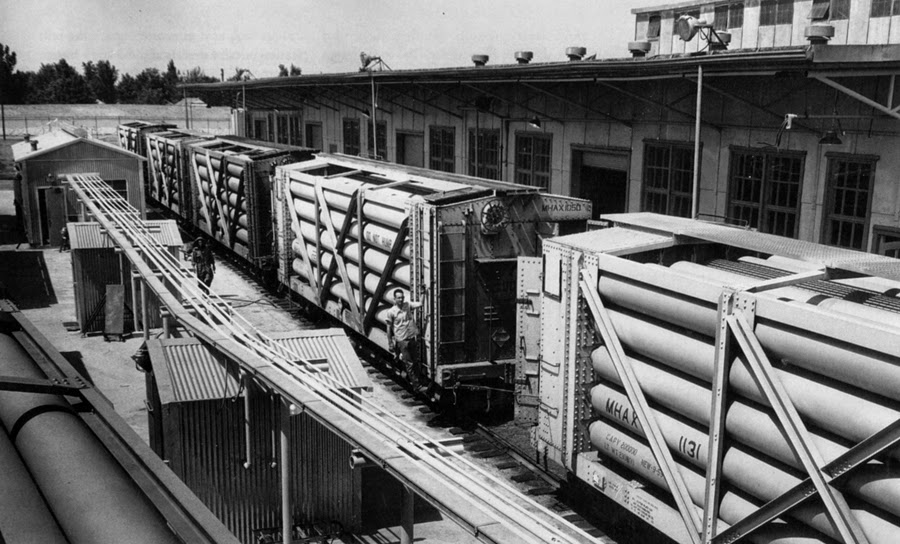The common, everyday tweezer is a useful though not a precision instrument. I have a selection of such tweezers from many manufacturers. I do use these for handling larger parts and occasionally for holding things being glued together. The ones shown here are both from Millers Forge and are about 5 inches long. The upper one has rounded points and is used more often than the lower one.
Most people are aware that another style of tweezer, normally closed and thus only opened by squeezing it, can be very useful as clamps and parts holders. These are sold by some makers as “reverse action” tweezers. I have several different types and sizes of these, and use them occasionally, though I have found that they are not always as useful as I imagine them to be. Here are two.
The larger, upper one here is about six inches long, and is from Grobet USA; the lower one is from X-acto.
For many clamping jobs, though, I nowadays like to rely on clothes pins, many of them in “reversed” configuration, easily done by removing the metal spring and reassembling the wood parts “upside down” or reversed. These of course are not tweezers; I am only mentioning them to indicate my preferred small clamps when normally-closed tweezers don’t do the job.
My most heavily used tweezers, though, the ones I use far more than any others, are the electron microscope ones I mentioned above. Most of mine are from Dumont (Switzerland), and you can read about them and their various models at their website, https://www.dumonttweezers.com/Home/About . These are not cheap, but they are simply the royalty of tweezers. The site will show you a very wide range of styles. Most are available in a number of different alloys (some exotic), and some are available Teflon-coated. Most of the simpler ones are around $25 to $30 each; carbon steel is usually fine for hobby use, though in some cases the carbon steel version is only available in a six-pack. Most of mine are stainless.
Shown in the following photo are the three styles I favor, which Dumont calls styles 3, 5 and 7 (top to bottom). These are all about five inches long.
The Style 3 tweezers have somewhat more durable points and are used the most. I only bring the Style 5 into action when I really need to get into a small space, as the points get bent fairly easily (though you can gently bend them back). The Style 7 naturally are most useful when you have to reach at an angle. I would definitely say that if you are only going to buy one Dumont tweezer, get the Style 3. Actually there are several versions of Style 3; mine is a Style 3C, which is shorter arms with thin tips, compared to the arms of regular Style 3.
The Dumont tweezers with thinner tips are supplied with a plastic tip protector, which I have kept and still use. It keeps both the tweezer tips and my fingers safe. Here you see an inch-scale ruler for size, next to Style 5 tweezers.
Like any category of tools, having a really good tweezer is worth the investment. I have had all these tweezers for more than 25 years and they hold up fine. More important, I continue to use them all the time.
Tony Thompson







































